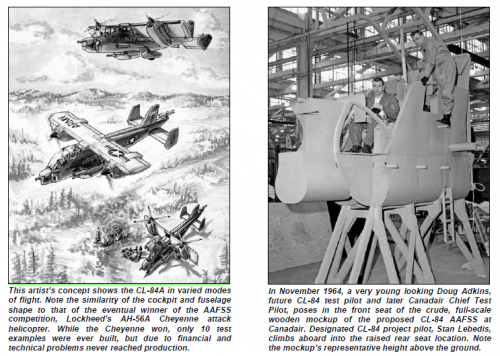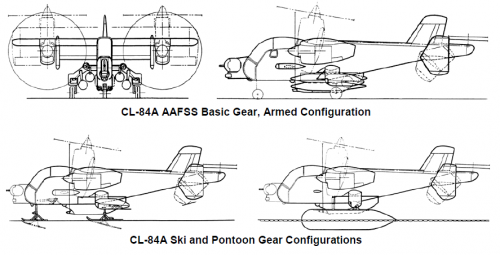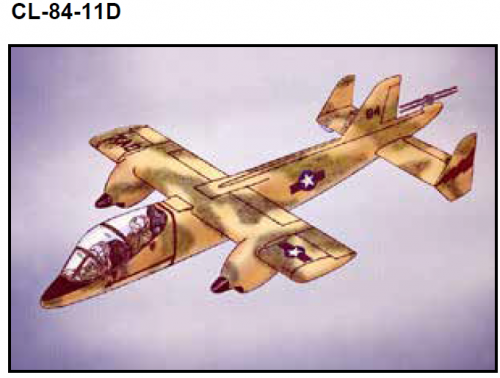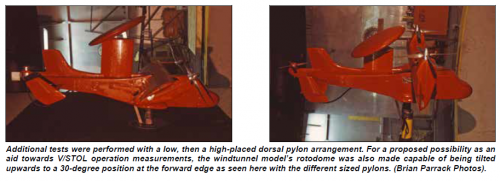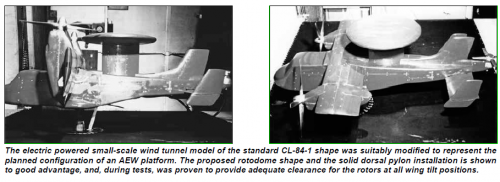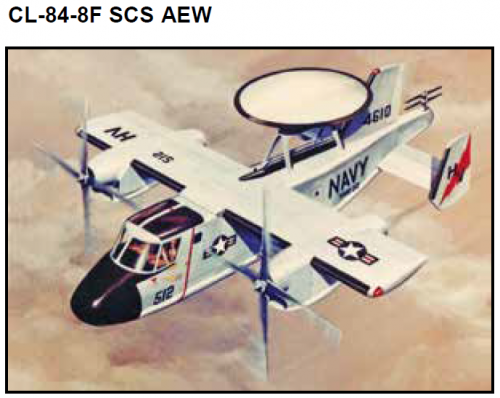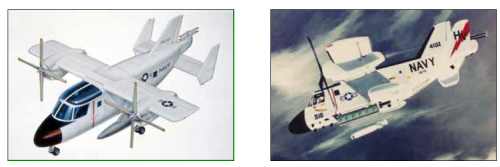- Joined
- 26 May 2006
- Messages
- 34,897
- Reaction score
- 15,759
Hi,
may be the early CL-84 drawing,please note the cockpit shape.
may be the early CL-84 drawing,please note the cockpit shape.
Apophenia said:Hesham, the earlier incarnations of the CL-84 had somewhat snubbier noses and PT6 engines rather than Lycoming T53s.
fightingirish said:Maybe good members like Stargazer or hesham will find the time to do so...

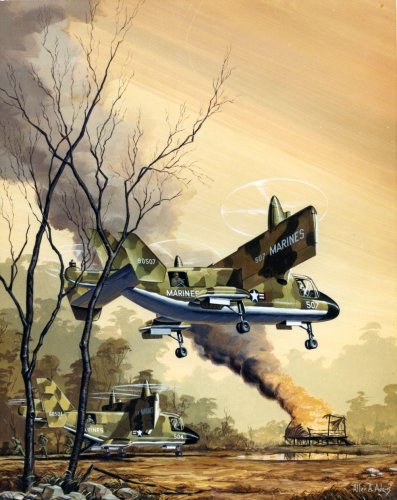
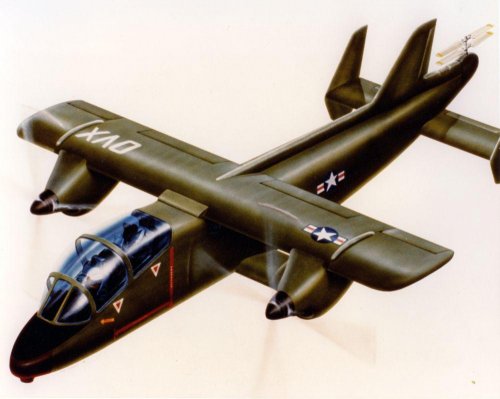
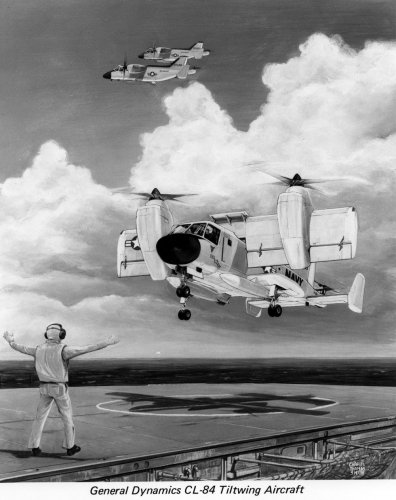
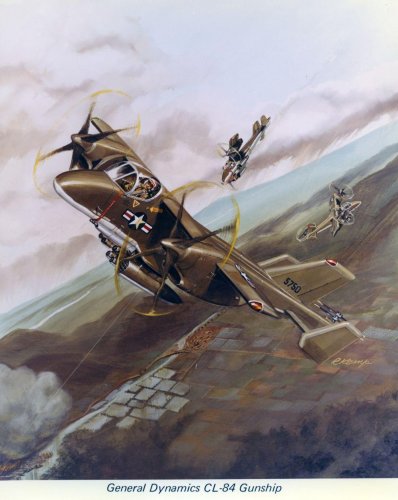
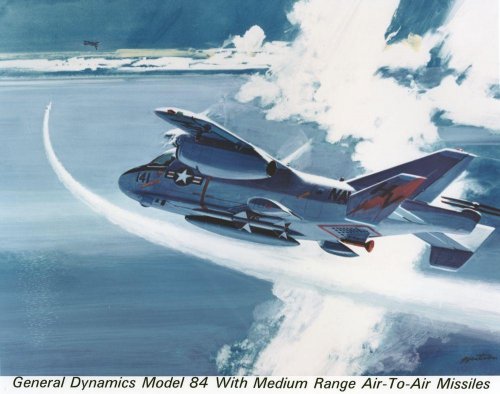
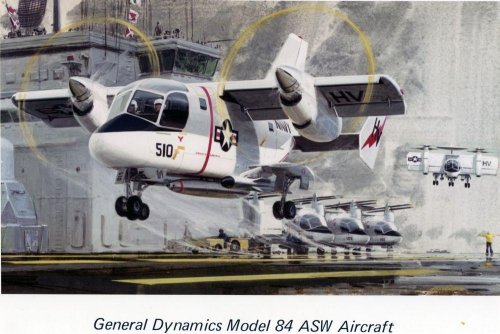
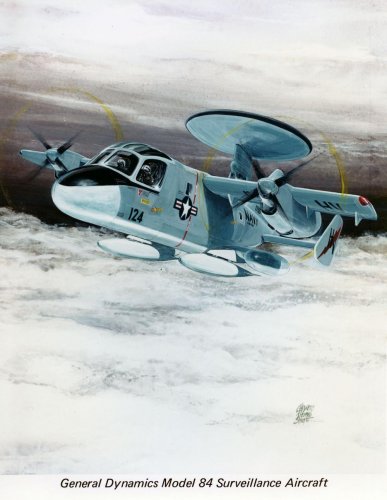
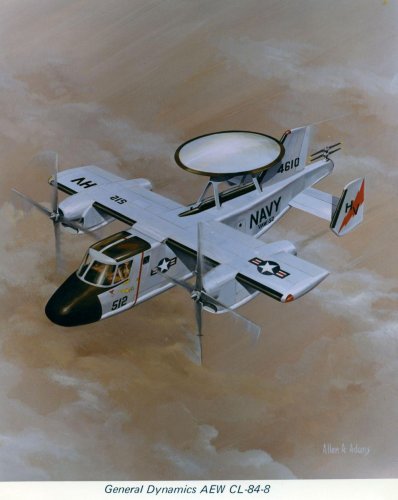
Jemiba said:Thanks Stéphane for accepting a sleepless night !
Jemiba said:Would mean,that the CL-84 would have been fitted with an Air-to-Air radar. What was the minimal radar suit to enable an aircraft to use Sparrows ?
Abraham Gubler said:The USN did a bit of thinking in the 1970s of A2A helicopters including Sparrows on a Seasprite. Apparantly to shoot down incoming missiles. The CL-84 would have no problems carrying a fighter type radar with continuous wave (CW) illumination capability. Radar dishes as small as 24” diameter and as large as 48” (F-4B Phantom had a 32” diameter dish) were used to guide Sparrows.
Apparantly to shoot down incoming missiles
elmayerle said:One combination I've always wondered about would be a tilt-wing with wingtip engines and prop-rotors. You wouldn't tilt the nacelle, but the whole wing. I could see this reducing loading in vertical modes and definitely simplifying the wiring and plumbing to the engine nacelles.
Stargazer2006 said:elmayerle said:One combination I've always wondered about would be a tilt-wing with wingtip engines and prop-rotors. You wouldn't tilt the nacelle, but the whole wing. I could see this reducing loading in vertical modes and definitely simplifying the wiring and plumbing to the engine nacelles.
Isn't this exactly what the XC-142A was about, or am I misunderstanding your point?
elmayerle said:No, the XC-142 still had propellers mounted on the wing. If you want a quick description of what I was suggesting, think of a V-22 where the entire wing, not the nacelles, tilts. Those big prop-rotors are rather more efficient in hover that a number of smaller propellers.
Pioneer said:Found this video interesting in regards to the proposed CH-84-1D attack variant & CH-84A AAFSS proposal!!
AeroFranz said:Fantastic! this made my day! ;D ;D ;D
Many thanks, Kagemusha!
AeroFranz said:Such thing was given consideration. Canadair studied a tiltwing regional airliner, we have it somewhere else on the forum. The studies were pretty far along, Flight international even has a cutaway of it. Sorry, i can't remember the designation!
kagemusha said:A great document about the CL-84.
There's also a paragraph describing the McDonnell Model 175.
And details on the General Dynamics proposal for the OVX study, too.
http://documents.techno-science.ca/documents/CASM-Aircrafthistories-CanadairCL-84VSTOLhistory.pdf
